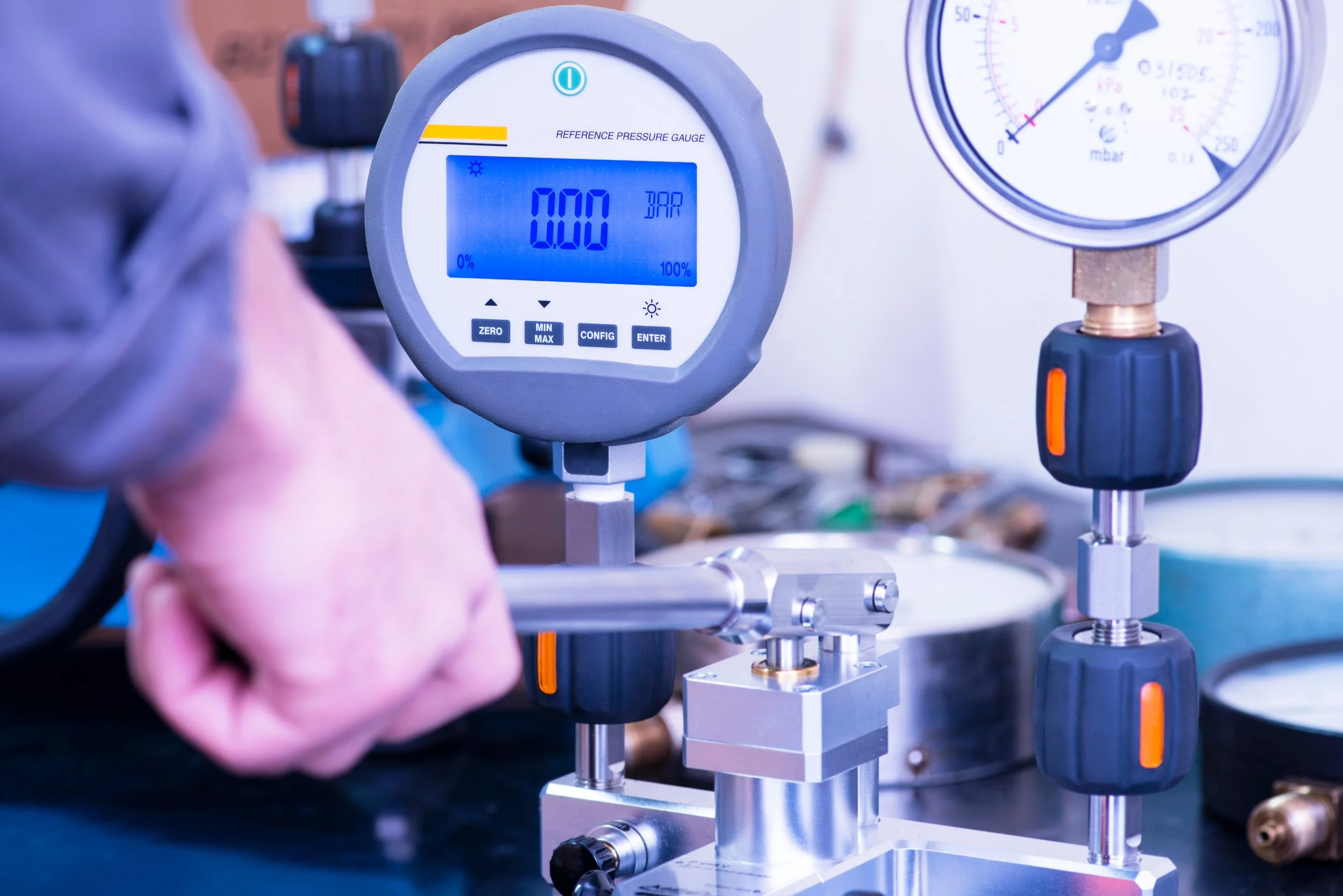How to Know If Your Calibration Vendor Is High-Quality: A Complete Guide for Engineers and Quality Managers
Your calibration provider directly impacts your product quality, compliance, and reputation. Working with a low-quality lab can lead to inaccurate measurements, audit findings, or even costly product recalls.
If you’ve ever failed an ISO audit or had a customer challenge your data, you already know: calibration risk is business risk.
1. Verify Accreditation (ISO/IEC 17025 & ANSI Z540)
Ensure your lab is accredited to ISO/IEC 17025:2017, which confirms independent verification of quality systems, equipment, and procedures. Non-accredited labs may not meet rigorous standards.
2. Be Cautious of Vendors Who Are Too Cheap
Significantly lower quotes often indicate shortcuts like skipping OEM procedures, doing limited calibrations, or using outdated equipment. Calibration is resource-intensive; if pricing seems unrealistic, it probably is.
3. Understand RF Calibration Duration & Standards
RF and microwave calibrations can take hours per unit, even with automation. If a vendor processes dozens daily, they may not be performing full calibrations. Ask about their standards, software, and whether they follow OEM or MetCal protocols.
4. Out-of-Tolerance (OOT) Reporting & Verification
Seldom reporting of OOT findings is suspicious. Normal drift occurs; ask how the lab handles instruments that go out of tolerance to ensure proper verification and transparency.
5. Request Calibration Data & Certificates
Calibration with detailed as-found/as-left data and certificates verifies measurement range, OEM compliance, traceability, and process integrity. It’s worth the extra cost for auditing and engineering assurance.
6. Inquire About Automation & Capabilities
Reliable automation (like Fluke MET/CAL, Keysight MET/TEAM, LabView) ensures consistency. Confirm scripts are validated and revision-controlled. A capable lab will have expertise across disciplines including RF & Microwave, Electronics, Dimensional, Pressure, Optical, and Temperature/Humidity, with appropriate standards and equipment.
7. Conduct an On-Site Audit & Review Documentation
If possible, visit the lab to verify environment controls, equipment segregation, procedures, and traceability. Reputable labs provide sample certificates and calibration records. A capable lab will have experts and standards across multiple domains:
- RF & Microwave – VNAs, signal generators, spectrum analyzers.
- Electronic – multimeters, power supplies, oscilloscopes.
- Dimensional – calipers, micrometers, gage blocks, CMMs.
- Pressure – manometers, transmitters.
- Optical – power meters, fiber test sets.
- Temperature & Humidity – thermocouples, RTDs, chambers.
8. Evaluate Customer Support & Environmental Controls
Responsive service, timely updates, and proper environmental management (temperature, humidity, warm-up times) are signs of quality. Rushed calibrations increase measurement uncertainty.
9. Verify Repair & OEM Partnerships
Ask if they repair or align out-of-tolerance instruments—internal repair capabilities indicate technical competence. Labs partnered with OEMs like Keysight, Rohde & Schwarz, or serving clients like NASA or Boeing, have passed rigorous audits.
10. Balance Turnaround Time With Quality & Recognize Calibration Risks
Fast turnaround is attractive, but beware of a high volume of same-day RF calibrations—they may be operational checks. Poor calibration can lead to costly business risks like failed audits, production delays, or recalls. High-quality calibration is an essential investment in reliability.
Final Thoughts
Choosing the right calibration partner protects your quality, reputation, and bottom line. Focus on accreditation, transparency, and expertise. Request a quote today from Tra-Cal and uphold your commitment to precision and excellence.

